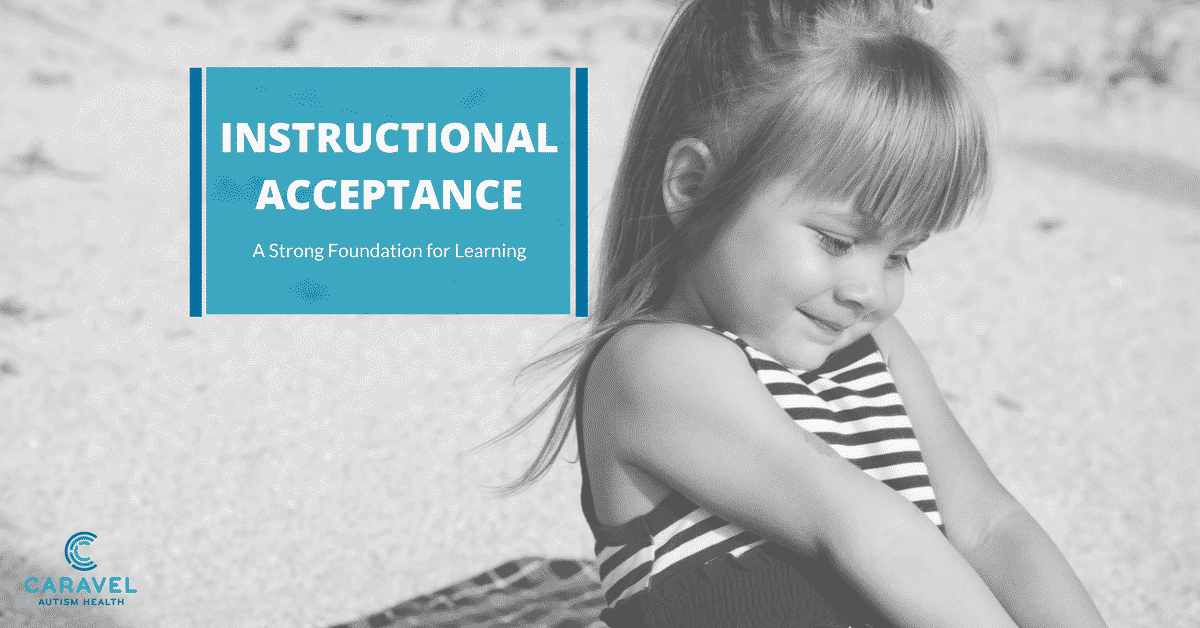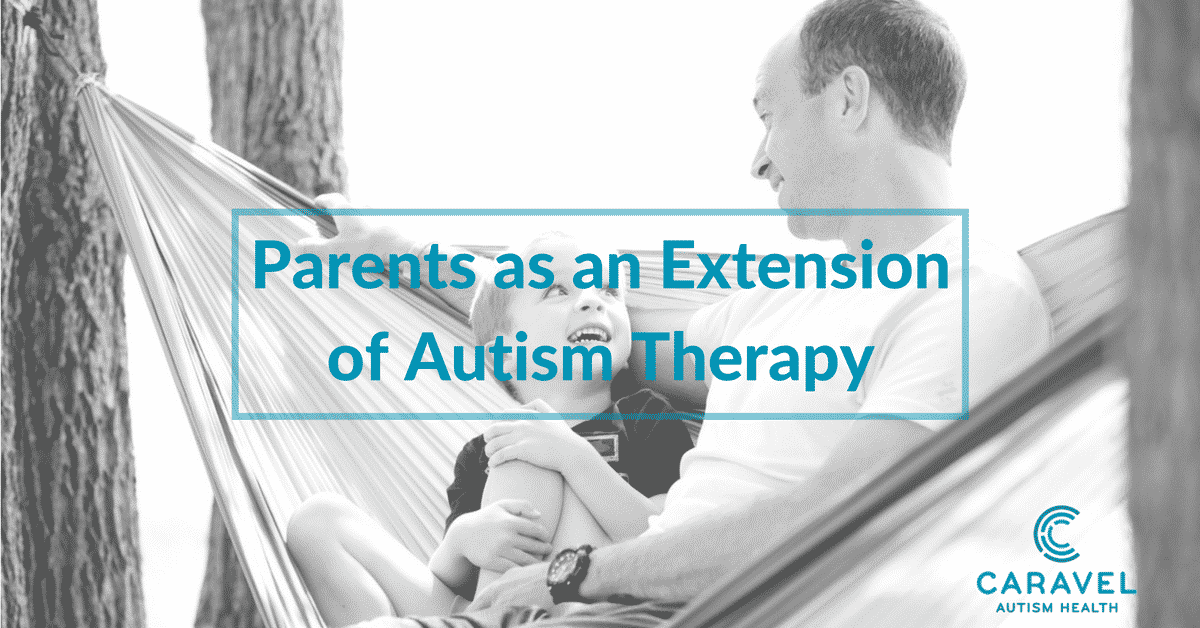Toddlers learn language through everyday activities at home and in the community. Parents can use techniques, like those below, to increase language learning in their toddlers within these routines.
Need a review of language skill development first? How kids learn to communicate.
Teaching Language through Everyday Activities at Home
1. Requesting Skills: Teaching requesting skills involves setting up opportunities for your child to request for what he/she wants. The first step is to determine what your child wants and ensure he/she needs to ask for it. For example, if your child loves to eat cookies, you could keep the cookies out of your child’s reach on a shelf, so your child does not have free access to the cookies.
-
- Teach your child to request for the cookie by showing them what to do and guiding them if needed. Requesting could be demonstrated in many forms, such as gestures (e.g. pointing), sign language, sounds, words, pictures, or a communication device. For one child, you may get them to verbally repeat “cookie” or “coo” if they are learning one-word verbal requests. For another child, you may guide them to pick up a photo of a cookie and hand it to you as a request.
- The more practice you give your child, the faster they will learn. In the above example, you may break the cookie into five pieces so they request cookie five times in that practice session. Aim for 30 or more opportunities to request in a day to fast track your child’s learning.
2. Narrating Play: Narrating involves talking about what you are doing, what your child is doing, labeling items in the environment or during play, and labeling concepts (e.g., color, size, shape, etc.). For example, if you are playing with trains with your child, you can talk about the colors of the train, where the train is going, how fast the train is going, and make sound effects. This may be awkward at first, but the more you practice, the more natural it becomes! Adults often ask questions during play while most children comment during play so it’s best to demonstrate commenting. During narration, your child may spontaneously imitate you or request. This is great! Remember to reinforce all steps of that communication, and keep the play fun when you are involved.
3. Receptive Language: Receptive language refers to how your child understands language. This includes teaching simple instructions, understanding concepts, and listening to questions and conversations. Instructions should be limited so play is fun. Focus on one or two instructions at a time, and help your child to follow those instructions. One week you may work on “give (object),” and another it may be “push (object).” Modelling how to follow these instructions with another adult or child works well too.
Functional Communication Training (Replacement Language/Behavior)
Your child may engage in inappropriate behaviors as a way to communicate. For example, your child might scream to be able to leave the dinner table. Functional communication training works to provide a replacement behavior for inappropriate behavior and teach your child in a more appropriate way to request. An example would be teaching your child to request, “Can I leave the table?” rather than screaming. When done consistently, this replacement behavior should work quickly, work every time, and require less effort for your child. Now how can you use this at home?
- Ask yourself “What does my child want?” when he/she engages in inappropriate behavior. Do they want attention, access to an item, or do they want to escape a demand?
- Then ask yourself “How can I help my child communicate?” Knowing this will help you model language for your child. If your child uses verbal language, verbally model how they should communicate to you. If your child uses a device, show your child how they can communicate with the device.
- When your child communicates what he/she wants, allow access and provide praise.
- Remember the best learning time is when your child is relaxed and calm. Providing opportunities to teach and practice the new request (e.g. “Can I leave the table?”) before the child screams is best.
Remember, every child develops at their own rate. Some skills may need to be broken down (e.g., requests “wa” for water), and that is okay. Allow and provide opportunities for your child to communicate their wants and needs to increase communication. If your child is still having difficulty with communication or feeding, a speech-language pathologist can assess and help with speech, language, cognitive-communication, and oral/feeding/swallowing skills.
Caravel Autism Health staff members work on these communication skills and more with children diagnosed with autism. If your child is participating in an ABA program, talk with your child’s BCBA on communication goals and strategies to work on at home.





